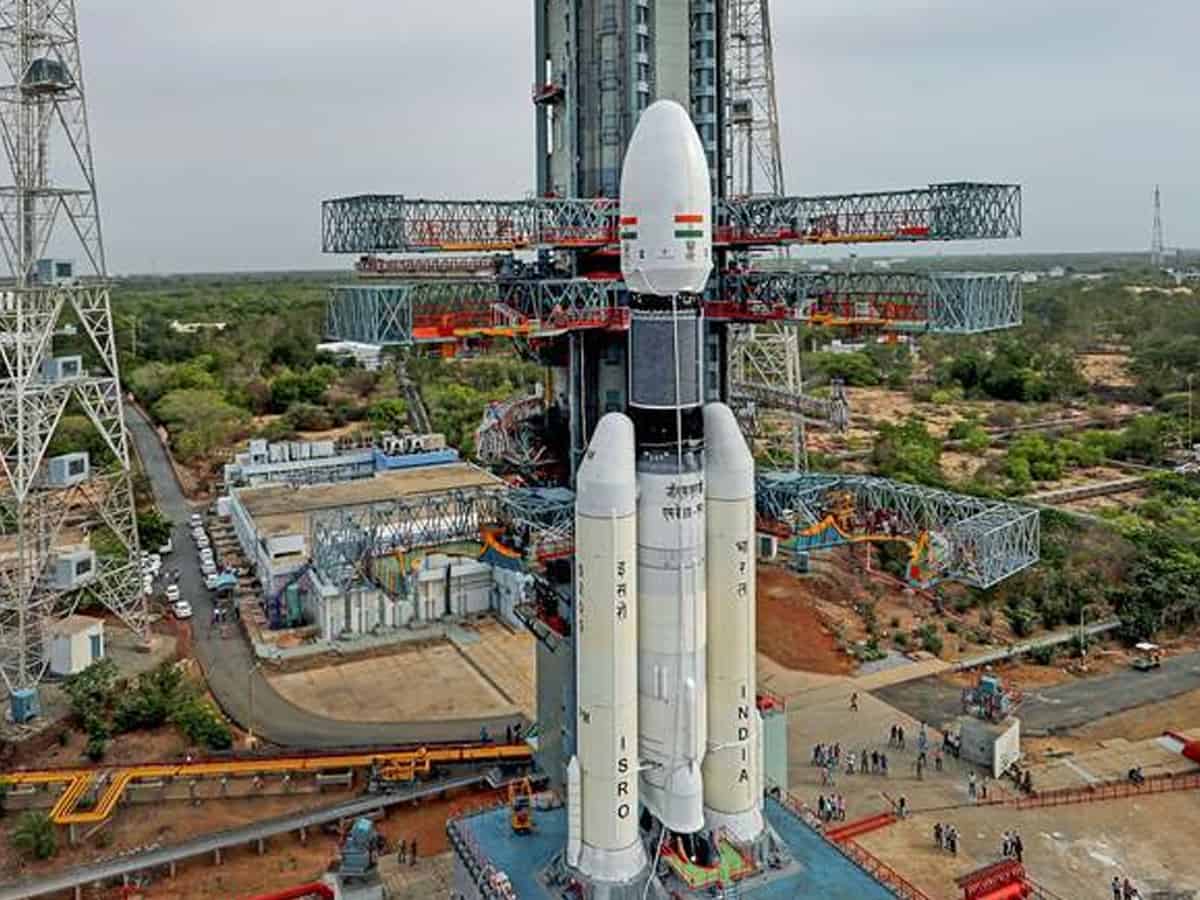What function do the Vikram lander and Pragyan rover play in bringing Chandrayaan 3 inches closer to the moon?
India’s ambitious moon mission, Chandrayaan 3, was launched from Earth on July 14. On August 23, it is anticipated to settle on the moon.

On Tuesday, the Indian Space Research Organization’s high-profile lunar mission, Chandrayaan-3, completed its loops around the Earth and proceeded closer to the Moon. The mission’s goal is to land softly on the Moon’s surface, as a follow-up to the 2019 project Chandrayaan-2, which failed to accomplish the necessary soft landing.
The spacecraft is made up of an indigenous propulsion module, a lander module, and a rover, with the goal of “developing and demonstrating new technologies required for interplanetary missions,” according to the ISRO. The propulsion system’s goal is to transport the lander module from the launch vehicle’s injection orbit to the lander’s separation. The ISRO mission was characterized as “carrying Lander Module and Rover upto 100 km lunar orbit.” Following that, the experimental payload will be operational for 3 to 6 months.” The propulsion module will remain in lunar orbit and serve as a communication point.
Vikram Lander’s Role:
The names of the lander and rover were derived from the previous mission, Chandrayaan-2. The lander is named after Dr Vikram A Sarabhai, the founding father of India’s space program. It is planned to operate for one lunar day, which is 14 days on Earth, and is equipped with a multitude of sensors to guarantee a safe landing. It weights around 1,749 kg with the rover. It is designed with side-mounted solar panels that can generate 738 W of electricity and will be investigating the lunar south pole.







